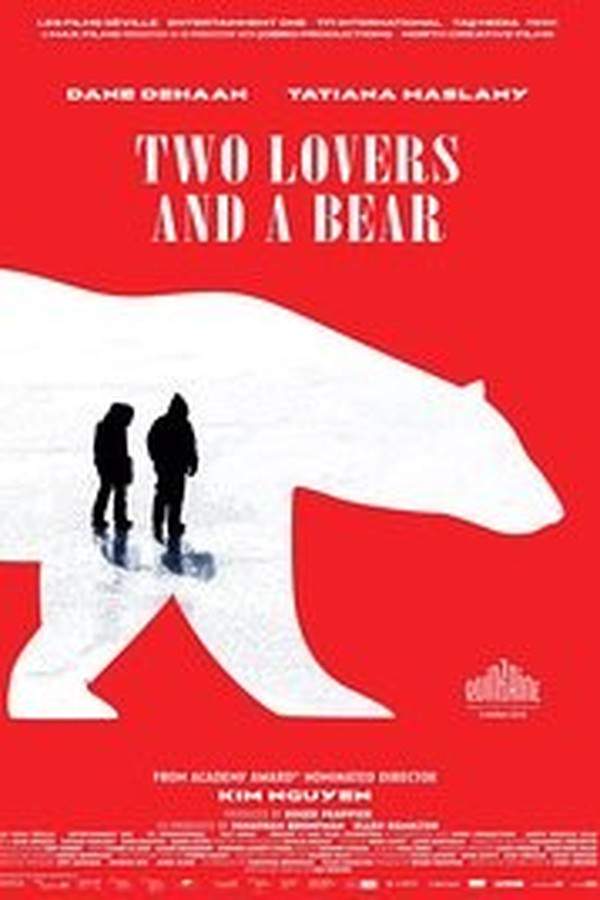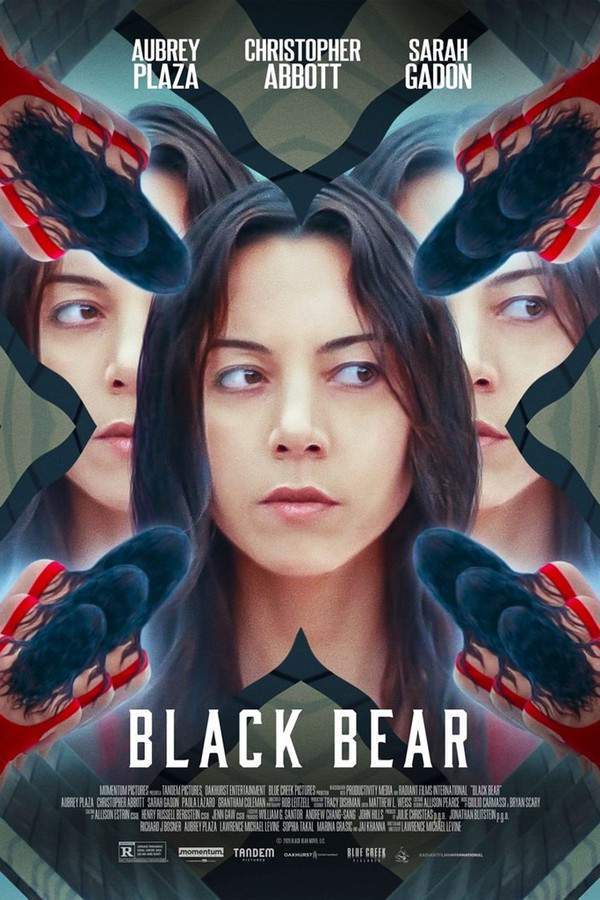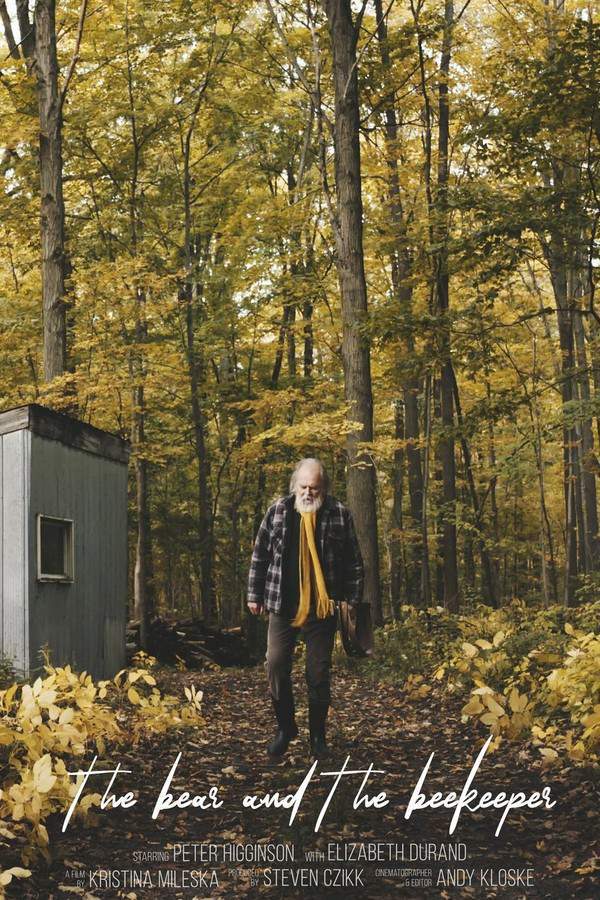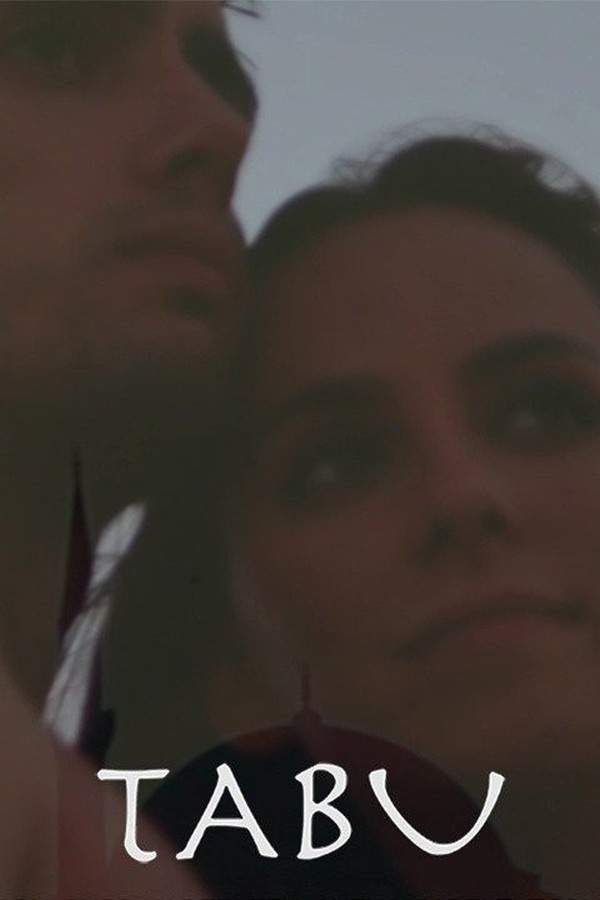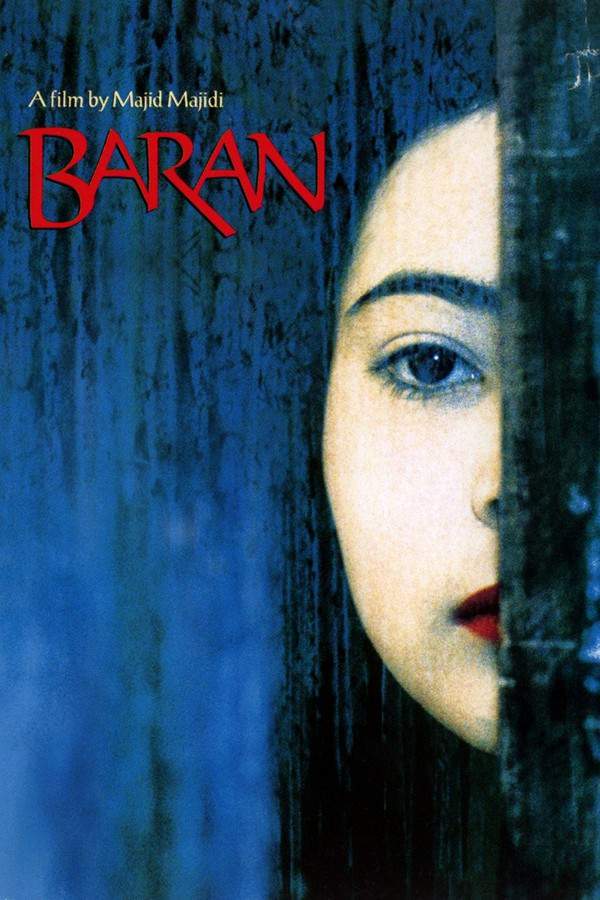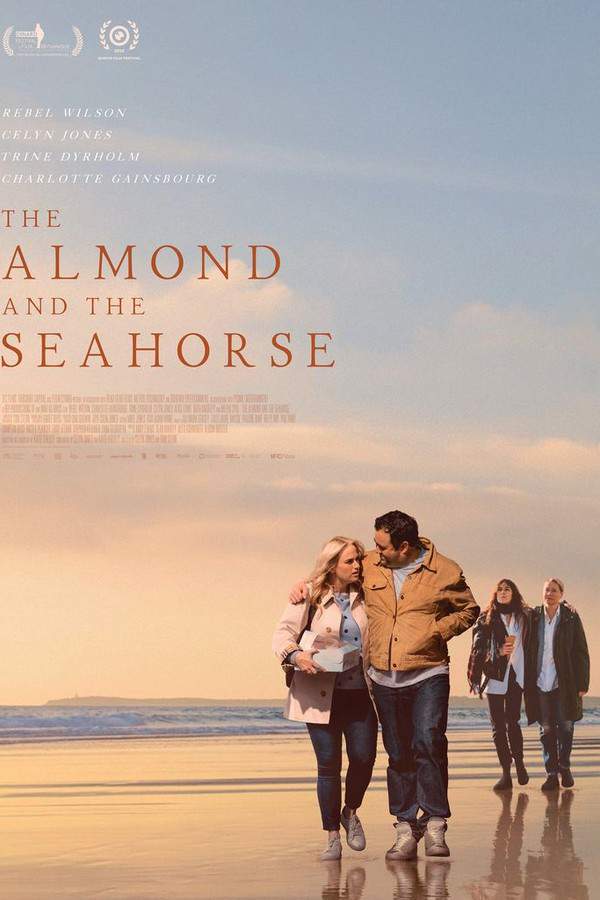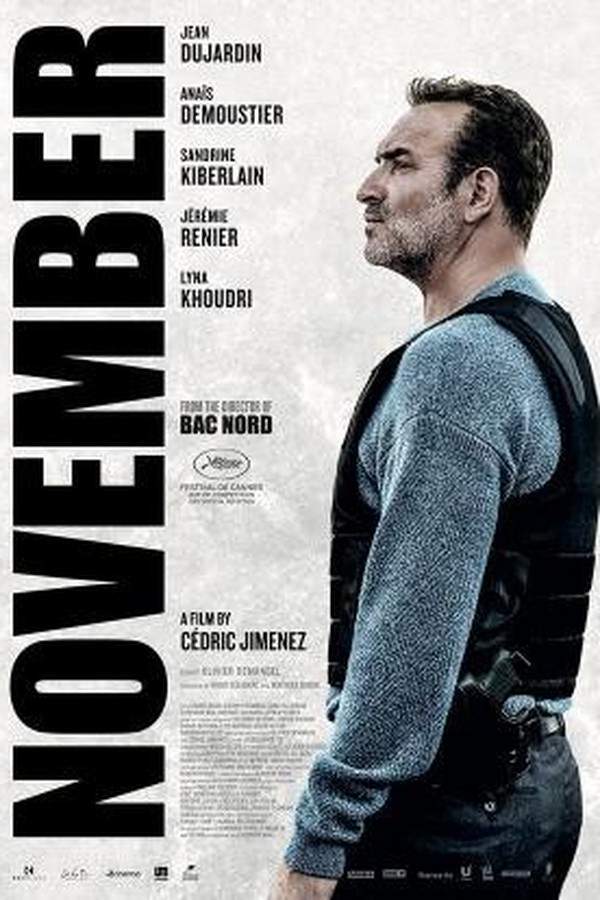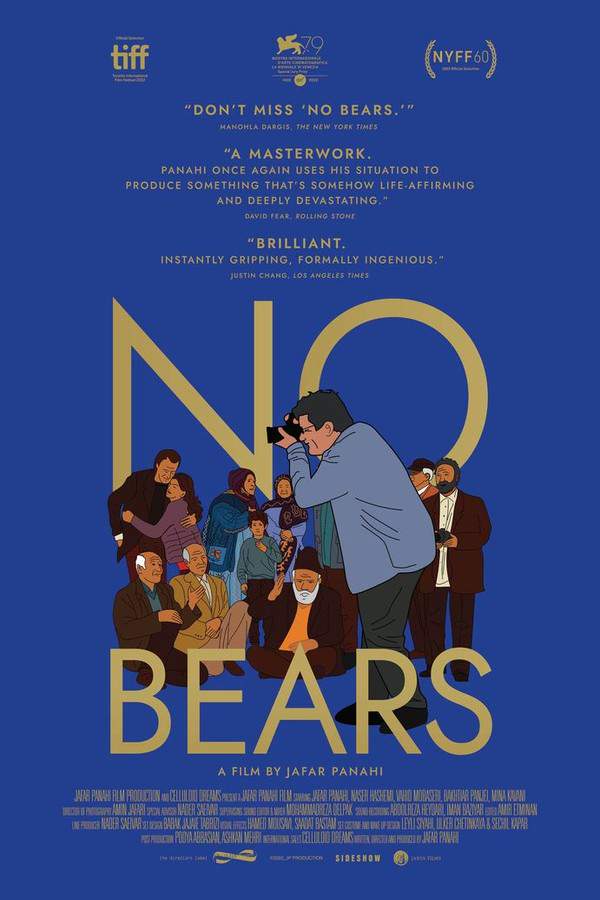
No Bears
Two separate stories intersect, depicting lovers facing seemingly insurmountable obstacles influenced by deeply rooted superstition and oppressive authority. As their lives become increasingly entangled, they confront profound challenges that reveal universal themes of hope, despair, and the enduring strength of the human spirit. The intertwined narratives explore the complexities of relationships and the impact of external forces on individual destinies.
Warning: spoilers below!
Haven’t seen No Bears yet? This summary contains major spoilers. Bookmark the page, watch the movie, and come back for the full breakdown. If you're ready, scroll on and relive the story!
No Bears (2022) – Full Plot Summary & Ending Explained
Read the complete plot breakdown of No Bears (2022), including all key story events, major twists, and the ending explained in detail. Discover what really happened—and what it all means.
Prohibited from leaving Iran due to the politically charged nature of his films, filmmaker Jafar Panahi finds himself in a precarious situation. In a bid to continue his art, he has rented a room in the secluded village of Jaban, near the Iran–Turkey border, where he is striving to remotely direct a docudrama centered on an Iranian couple, Bakhtiar Panjeei and Mina Kavani, who are desperately seeking fake passports to escape the oppressive grasp of the government after enduring years of suffering and abuse. While Bakhtiar successfully secures a passport for Zara, he struggles to obtain one for himself, resulting in a growing sense of distress and hopelessness within their relationship. During a live streaming session to oversee a crucial scene, Panahi suddenly loses connection, leaving him cut off from his project and the world beyond his room. In an effort to clear his mind, he decides to explore the village with his camera.
Later that night, he is approached by his assistant director, Reza Heydari, who takes Panahi for a drive and reveals the increasing frustration among the cast and crew due to his absence. Reza suggests a daring plan to help Panahi escape to Turkey for a brief respite, a proposal that terrifies Panahi. He hesitates, opting instead to return to Jaban, where he encounters a young woman named Gozal, who frantically requests that Panahi help her by proving her innocence regarding a deeply sensitive photo with her boyfriend, Amir Davari, known as Solduz. Gozal’s fearful words ring clear: should the photo surface, “all hell will break loose” and there will inevitably be “blood” spilled.
The following day, Panahi finds himself ensnared in a web of village traditions and misunderstandings when three villagers question him about the photos he took. A pervasive tradition dictates that when a girl is born, her umbilical cord is cut in the name of her destined husband. It is revealed that Gozal’s cord was cut for Jacob—who happens to be another character caught in this intricate plot—yet her fate is now under the thumb of Solduz. The villagers implore Panahi to provide the photo for the sake of peace, claiming that Solduz’s father is troubled by the accusation. However, Panahi resolutely denies capturing any image of Gozal and Solduz together, insisting that he has no evidence to offer.
As night falls once more, Sinan Yusufoglu as Solduz comes to Panahi, professing his love for Gozal and revealing their plans to elope. Meanwhile, Bakhtiar confides in Panahi about obtaining a fake passport for himself as well, further complicating the unfolding drama. Tensions rise when the villagers become increasingly anxious about the rumored photo, with disturbing accounts emerging from the children that Panahi photographed. As the distress among the villagers peaks, they demand that Panahi take an oath in their swearing room, vowing he did not see Gozal and Solduz together.
On his way to take the oath, he meets a villager who warns him about the supposed bears in the area but later invites him for tea, suggesting that sometimes, for the sake of harmony, it’s acceptable to tell a fib. This villager articulates the stark contrast between urban authority issues and rural superstition, prompting Panahi to reconsider the implications of his actions. At the swearing room, tensions boil over as the villagers confront Panahi, debating whether he should swear on the Quran or film his oath instead. The discussions grow heated, especially when Jacob interjects against the traditions that govern their lives.
In a parallel plot emerging in Turkey, Bakhtiar and Zara prepare for their departure to Paris, but in a pivotal moment, Zara disrupts the shoot to directly address Panahi via the live stream. With palpable anger, she confronts the deception surrounding the passport, revealing that Bakhtiar’s claim is a lie. Overwhelmed with emotion and reflective of the decade of past abuses, she storms off, leading Panahi to worry for her safety. Amidst the chaos, Bakhtiar spirals into despair as he grapples with the consequences of his actions, leading to a tragic twist when a drowned woman’s body washes ashore—revealed to be Zara’s.
As the film progresses, the tension escalates with Panahi’s landlord, Narges Delaram, urging him to abandon the village as the authorities start closing in on the dangerous fallout from the photo incident. On his way out, Panahi inadvertently discovers that Gozal and Solduz have been killed while attempting to cross the border, triggering a wave of guilt and despair that hangs heavily in the air. As he drives away from the turmoil that has engulfed them all, a sudden decision forces him to stop abruptly, leaving the viewer with a lingering sense of uncertainty and the weight of unresolved sorrow.
Last Updated: December 31, 2024 at 18:09
Ending Explained – What Happens at the End of No Bears?
Still wondering what the ending of No Bears (2022) really means? Here’s a spoiler-heavy breakdown of the final scene, major twists, and the deeper themes that shape the film’s conclusion.
The ending of No Bears presents a stark and haunting reflection on the brutal consequences of cultural and political repression. Throughout the film, filmmaker Panahi, acting both as a director and a symbol of artistic resistance, finds himself entangled in a dilemma that exposes the harsh realities faced by ordinary people under authoritarian rule. His indirect and sometimes passive involvement in the lives of villagers Gozal, Solduz, and the lovers Bakhtiar and Zara highlights how his art, though driven by good intentions, often becomes a tool that clashes with the brutal social forces around him.
In the film’s climax, the devastating outcome of betrayal and misunderstanding becomes painfully clear. Bakhtiar and Zara, who are caught in a web of deception involving a fake passport and risky border crossings, ultimately face tragic consequences. Zara, who is diabetic and vulnerable, is sent away in hope of a better future but ends up dead—her body washing ashore symbolizes the ruthless cost of defying oppressive societal norms and state control. Her death underscores the film’s core message: that the desire for freedom and love in such a repressive environment can be met with violence and despair.
Meanwhile, Panahi’s own safety is no guarantee. Despite his physical escape from the village—allowed to leave after all the chaos—his departure feels hollow, as the suffering of his subjects persists beyond his immediate reach. The film suggests that acts of rebellion, even participating in filmmaking, can come at an unbearable price. Panahi’s moral dilemma is embodied in his inability to truly intervene in the lives he documents, as his passivity and broken moral compass reflect the inescapable power of authoritarian forces. His decision to leave, in this context, is both a survival instinct and a tragic acknowledgment of the limits of artistic defiance against systemic brutality.
The closing scenes leave us with a powerful image of loss and injustice. The village, marked forever by the irreversible tragedies, remains under the control of the oppressive regime, relentless and unforgiving. Panahi’s exit may symbolize a fragile hope for escape and safety, but it also raises uncomfortable questions about complicity and the limits of his moral and artistic responsibility. Ultimately, No Bears ends on a note that emphasizes the tragic, often irreversible toll that political oppression takes on personal lives, a reminder that sometimes, simply witnessing is not enough—the true cost is paid in lives lost and innocence shattered.
Last Updated: July 27, 2025 at 09:40
Unlock the Full Story of No Bears
Don't stop at just watching — explore No Bears in full detail. From the complete plot summary and scene-by-scene timeline to character breakdowns, thematic analysis, and a deep dive into the ending — every page helps you truly understand what No Bears is all about. Plus, discover what's next after the movie.
No Bears Timeline
Track the full timeline of No Bears with every major event arranged chronologically. Perfect for decoding non-linear storytelling, flashbacks, or parallel narratives with a clear scene-by-scene breakdown.

Characters, Settings & Themes in No Bears
Discover the characters, locations, and core themes that shape No Bears. Get insights into symbolic elements, setting significance, and deeper narrative meaning — ideal for thematic analysis and movie breakdowns.
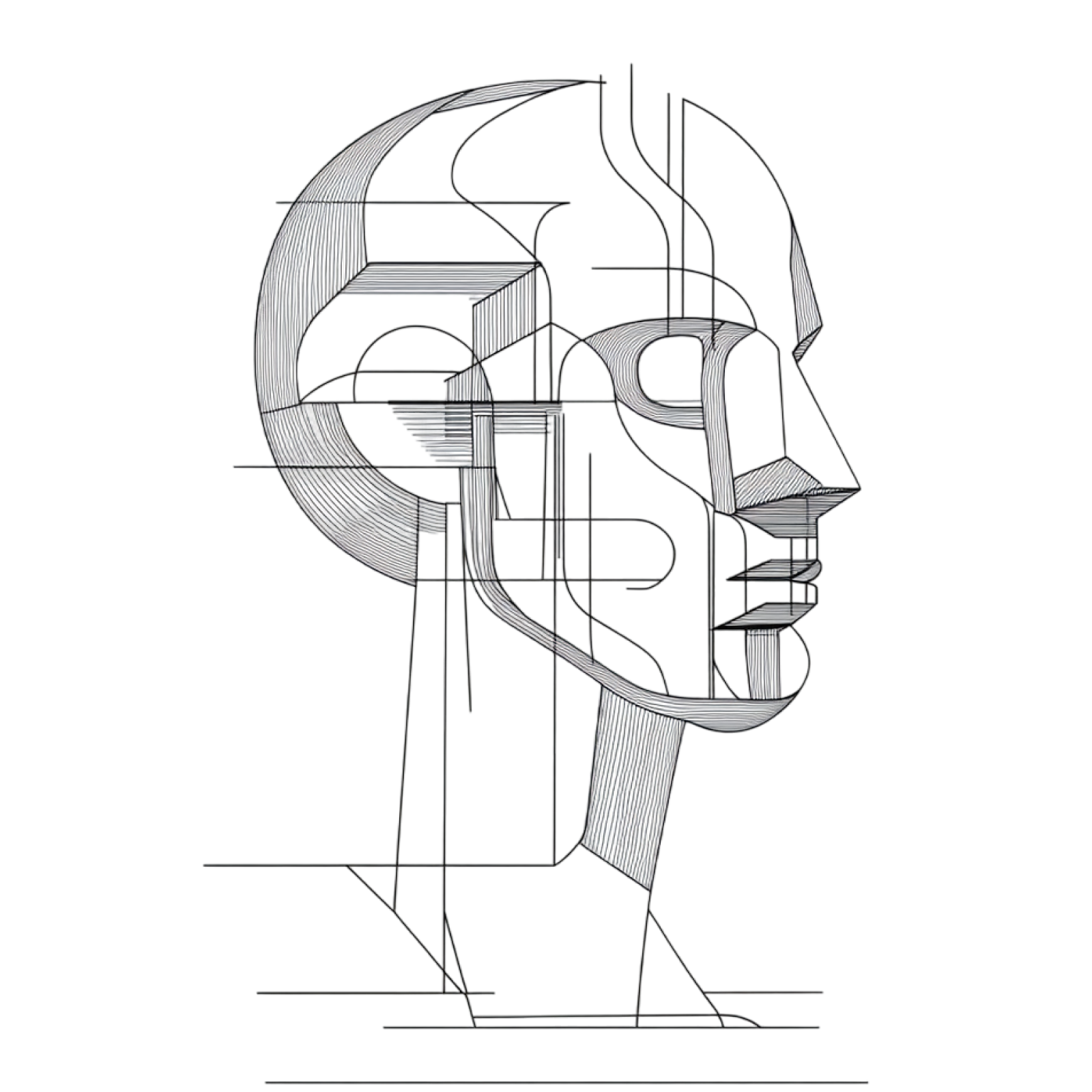
No Bears Ending Explained
What really happened at the end of No Bears? This detailed ending explained page breaks down final scenes, hidden clues, and alternate interpretations with expert analysis and viewer theories.

Similar Movies to No Bears
Discover movies like No Bears that share similar genres, themes, and storytelling elements. Whether you’re drawn to the atmosphere, character arcs, or plot structure, these curated recommendations will help you explore more films you’ll love.
Explore More About Movie No Bears
No Bears (2022) Scene-by-Scene Movie Timeline
No Bears (2022) Movie Characters, Themes & Settings
No Bears (2022) Ending Explained & Theories
No Bears (2022) Spoiler-Free Summary & Key Flow
Movies Like No Bears – Similar Titles You’ll Enjoy
Two Lovers and a Bear (2016) Detailed Story Recap
Black Bear (2020) Film Overview & Timeline
Backcountry (2015) Full Summary & Key Details
The Bear (1989) Ending Explained & Film Insights
Holy Beasts (2021) Full Movie Breakdown
Loverboy (2006) Film Overview & Timeline
No Such Thing (2002) Ending Explained & Film Insights
Tabu (2012) Film Overview & Timeline
Goldilocks and the Two Bears (2024) Full Movie Breakdown
Legends of the Fall (1995) Plot Summary & Ending Explained
Nothing Personal (2010) Complete Plot Breakdown
Baran (2001) Film Overview & Timeline
The Almond and the Seahorse (2022) Movie Recap & Themes
November (2018) Complete Plot Breakdown
Teddy Bear (2012) Story Summary & Characters



